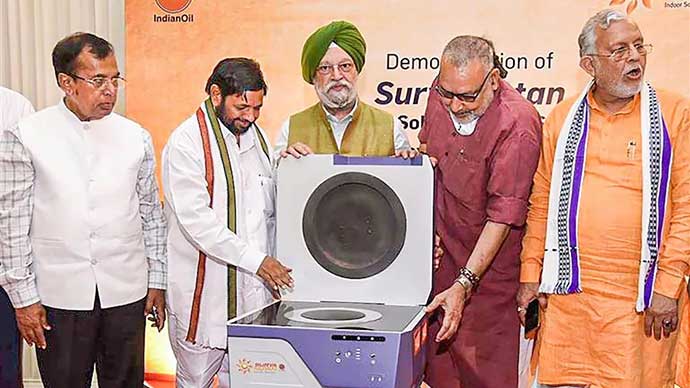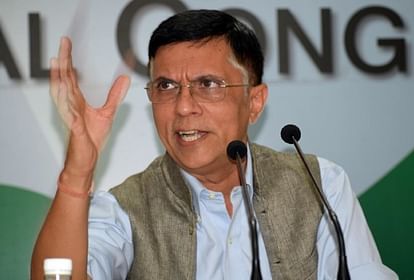To be sure, the Ukraine-Russia conflict has thrown several Global South countries’ energy markets into disarray. Furthermore, supply cuts by edible-oil exporting countries, combined with rising fuel prices, have resulted in a surge in food prices, making food security a primary concern, particularly for vulnerable segments of society. Furthermore, China’s COVID-19 surge has dampened the global economy, particularly in BoB.
How is the South Asian neighbourhood changing?
- Sri Lanka and Pakistan are both facing economic challenges, with the former experiencing a full-fledged economic collapse and the latter dealing with massive external debts, power shortages, and extreme inflation.
- Bangladesh: The IMF approved a precautionary loan of US $4.7 billion to Bangladesh, despite the country’s precarious macroeconomic situation, which includes high inflation and volatility in the Bangladeshi Taka.
- Myanmar: Following the coup, businesses are closing and unemployment is skyrocketing.
- Nepal, too, is experiencing growing trade deficits and declining foreign exchange reserves.
How is the Russia-Ukraine conflict threatening food security?
- Russia-Ukraine war and the resulting food crisis: Ukraine and Russia play important roles in global food supply chains, affecting low- and middle-income countries as well as vulnerable populations who are already struggling with hunger in the post-pandemic world.
- Wheat suppliers: Because both countries exported more than one-third of the world’s wheat and barley, as well as roughly 70% of sunflower oil, governments around the world suffered greatly as the war halted exports of approximately 20 million tonnes of Ukrainian grain.
- Exports of agricultural commodities to Asia have ceased: Monthly agricultural commodities exports to Asia, Africa, and the Middle East were estimated to be 6 million tonnes. By June 2022, this figure had shrunk to one-fifth of its original value.
- Food price and availability ripple effects: Global food prices have risen by 20%, according to the United Nations (UN) Food and Agriculture Organization (FAO). It also predicts an increase in the undernourished population of 7.6 to 13.1 million as a result of the conflict and its effects on food prices and availability.
Sri Lanka: A Case of Food Insecurity
- The Sri Lankan economy’s collapse has wreaked havoc on the country’s food security.
- For Sri Lanka, the sudden switch to organic farming in 2021 worsened its trade performance in the agricultural sector.
- The island nation was forced to import sugar, rice, and a variety of other commodities, including intermediate goods in which the economy previously had a surplus.
- By 2022, the tea industry, a major commodity of exchange, had suffered losses of approximately US $425 million, worsening the economy’s foreign exchange situation even further.
The energy crisis
- All of the countries in the Bay of Bengal Initiative for Multi-sectoral Technical and Economic Cooperation (BIMSTEC), particularly India, Myanmar, and Bhutan, rely heavily on energy imports, according to data analysis.
- The region’s trade dependency on fuel makes it highly vulnerable to external shocks: The region’s trade dependency on fuel is a major curse, making it highly vulnerable to exogenous macroeconomic shocks. The Russia-Ukraine conflict emphasises the importance of nations having energy self-sufficiency.
- Absence of infrastructure and synchronisation in BIMSTEC Grid Despite the BIMSTEC countries developing a ‘Plan of Action for Energy Cooperation in BIMSTEC’ and signing a Memorandum of Understanding for the establishment of the BIMSTEC Grid Interconnection in August 2018, the lack of required infrastructure and adaptive power markets, the lack of grid synchronisation, the lack of financial policies, and other related issues have slowed progress in energy cooperation among the region’s countries.
Bangladesh: In a difficult situation
- Bangladesh, in particular, has been placed in a difficult position in terms of energy security due to its inability to initiate the transition to renewable energy and its heavy reliance on fuel imports.
- The conflict between Russia and Ukraine has fueled the fire. With rising energy prices and rising subsidy bills, Bangladesh’s fiscal balances and current account deficits have been concerning.
- The government had no choice but to impose austerity measures. Domestic prices for diesel, kerosene, octane, and gasoline were raised in order to achieve price parity with neighbouring countries such as India, China, and Nepal.
Way forward
- Prepare for a food security crisis: Regional groups must establish safeguards against crises where their food security is threatened by geopolitical events and domestic macroeconomic threats.
- Food Bank for BIMSTEC: The concept of a food bank for BIMSTEC countries, modelled after the Association of Southeast Nations (ASEAN) Food Bank, is a good place to start because it will help to stabilise prices.
- India has been urged to develop a regional strategy for millets: Recently, India hosted the second Agriculture Ministerial-level meeting of the BIMSTEC nations in November 2022, where it urged the member countries to develop a regional strategy for transforming agriculture and promoting millets into food systems.
- Millets have the potential to reduce food insecurity: Promotion and intra-regional trade of food items such as millets, where these countries have surplus production, can significantly reduce food insecurity.
- Energy self-sufficiency: Overdependence on fuel will make the region more vulnerable and jeopardise its financial stability. As a result, creating a domestic energy market is critical for the region. This can be accomplished by hastening the green transition.
- For example, FDI from Japanese firms has consistently resulted in greater impacts and spillovers in the Indian economy. If Japanese firms’ economies of scale and potential in developing various green energy technologies could be fully realised, the region’s reliance on China, which is currently the dominant player in the domain of solar energy, would be reduced.
@the end
Regional economies have enormous potential to invest in green transition technologies and sustainable agriculture research, which can help them achieve self-sufficiency in energy and food markets, respectively. The Bay of Bengal region, led by India, has the potential to lead the way in renewable energy innovations such as solar and wind.
Source: https://www.researchgate.net/publication/46476331_Food_Security_in_South_Asia_Issues_and_Opportunities










